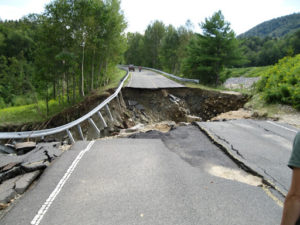The Cornish Conservation Commission is pleased to introduce Cornish Conservation Notes in 2021. We will regularly highlight sections of the NRI, providing information about our collective natural resources and our efforts to protect and enhance them for all Cornish residents.
The Cornish Conservation Commission celebrates its 50th year anniversary in March! The purpose of a town Conservation Commission, as stated by NH Law (RSA 36-A), is to work toward “the proper utilization and protection of the natural resources and for the protection of watershed resources of said city or town.”
In the summer of 1975 the Commission hired intern William F. Menke to conduct its first audit of resources. The following year his work had been reviewed and the first NRI for Cornish was published. The document is a 46 page narrative of facts, figures and Cornish history, and it included 5 final pages of recommendations to the Commission. Menke encouraged a focus on creating town recreational opportunities, preserving cultural/historical areas, increasing the outdoor educational opportunities for the school, capitalizing on the CT River as a resource, and phasing out the Cornish Dump to protect the town aquifers. Since those first recommendations, it is satisfying to note that Cornish has acquired and developed the CREA property, purchased a parcel of land for a Town Forest and built trails, preserved buildings and land of historical value, rid itself of a dump, and much more.
The first NRI is a fun read, a tour of what Cornish looked and “felt” like in the summer of 1975 when Menke roamed the hills and vales of our town, and spoke with a great many townspeople. And it provided an excellent springboard for early guidance and actions by the Commission. And it eventually led to the next NRI, published in 2013, a much enhanced inventory, with new and growing information, and evolving recommendations to guide the Commission and Town.
Find these documents at the Cornish Town Library and town website and read for yourself about the unique character of Cornish, and the myriad forces that have shaped and continue to shape our town.
Jody Schubert, Conservation Commission Member

